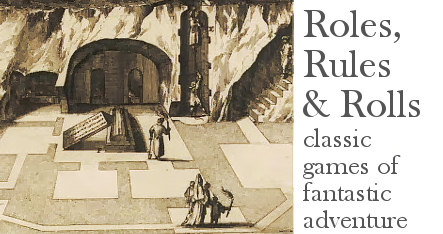1. You are in Earth's far or mythic past.
Clues:
- prehistoric animals are everywhere
- important names, maybe distorted, are recognizable as legendary heroes and places (Tolkien pulled this off with the lost continent called by some "Atalante" and reverse-engineered his language so that worked and also Artur means "noble lord")
- euhemerism is in effect so the local king may be called Lord Horus and his shield is a hawk and his chief advisor is the one-eyed Wizard Odin and in the throne room hangs the Golden Fleece
- the maps have familiar if somewhat skewed shapes
- early-civ signifiers like ziggurats, human sacrifice, eyeliner and chariots are mixed in with the magitech and rustless pillars
- sense of boundless possibilities and newness.
- "The magic is drying up" as in Larry Niven's stories
- a cataclysm is impending that little of the weird stuff will survive past, paving the way for the world as we know it
- you are trapped in a stasis cell destined to disgorge you sometime in Earth's timeline. Perhaps some deep-earth miners will find you. Have fun!
Clues:
- the creatures and peoples that you meet show signs of fanciful mutation, alien origin, genetic engineering
- your legends are of modern-day celebrities, your place names worn-down distortions, look hard enough and you can find the Statue of Liberty, beware the Belieber Cult
- the familiar maps are all marked up by global warming and nuclear megacraters and deserts and unspecified cataclysmic events
- artifacts of the old world are everywhere or incredibly rare, depending on how much time has passed, sometimes tended by engineers of St. Leibowitz indistinguishable from a priesthood
- sense of late-days malaise like in Dying Earth or Riddley Walker: the minerals are all mined, every tale has been told, there are no new genres of music just unfashionable ones, the sun could go out at any moment
Plots:
- stasis works both ways, and some 21st century people who have just unwarped/ unfrozen/ unmirrored expecting utopia are having their expectations cruelly, cruelly broken
- they're trying to bring back the Technology of the Ancients but of course they're about to do it horribly wrong
- those deep-space near-lightspeed astronauts from the old order's final days are baaack
Clues:
- strange wanderers who talk funny, dress funny, carry weird objects and drop completely baffling pop culture references
- doctrine and teaching of the Multiverse, every schoolchild knows
- someone in the distant past came, saw, conquered based on superior native technology, gravity, or disbelief of magic - and disappeared conveniently when things got hot
- ethereal creatures and travelers sing strangely familiar and catchy songs
- fair enough, you find the gateway in the basement of Castle Greyhawk
- one of those strange wanderers rolls up on you and is trying to convince you to make all these mixtures and build all these weird devices and is telling you when the next eclipse is going to be and you don't have the heart to tell him about 9th level spells
- oh psych that other universe isn't exactly our Earth it's a parallel universe Earth where ..






